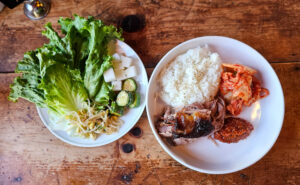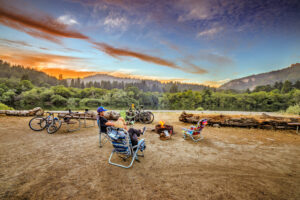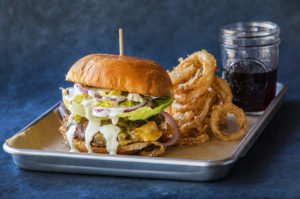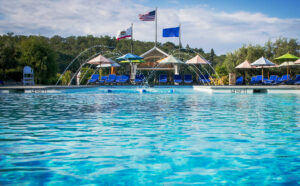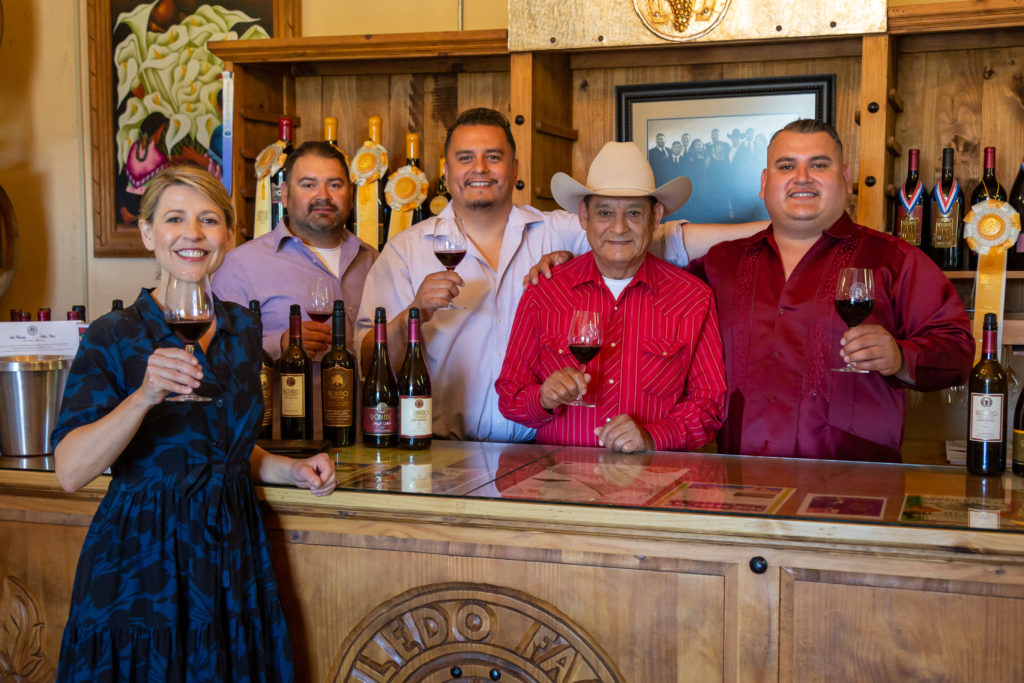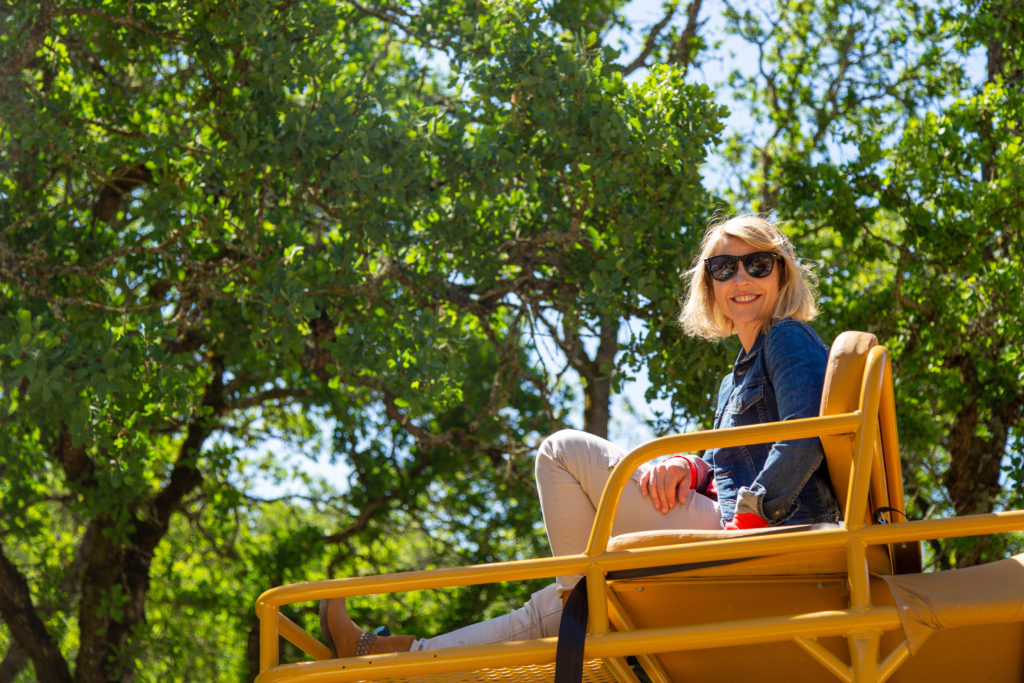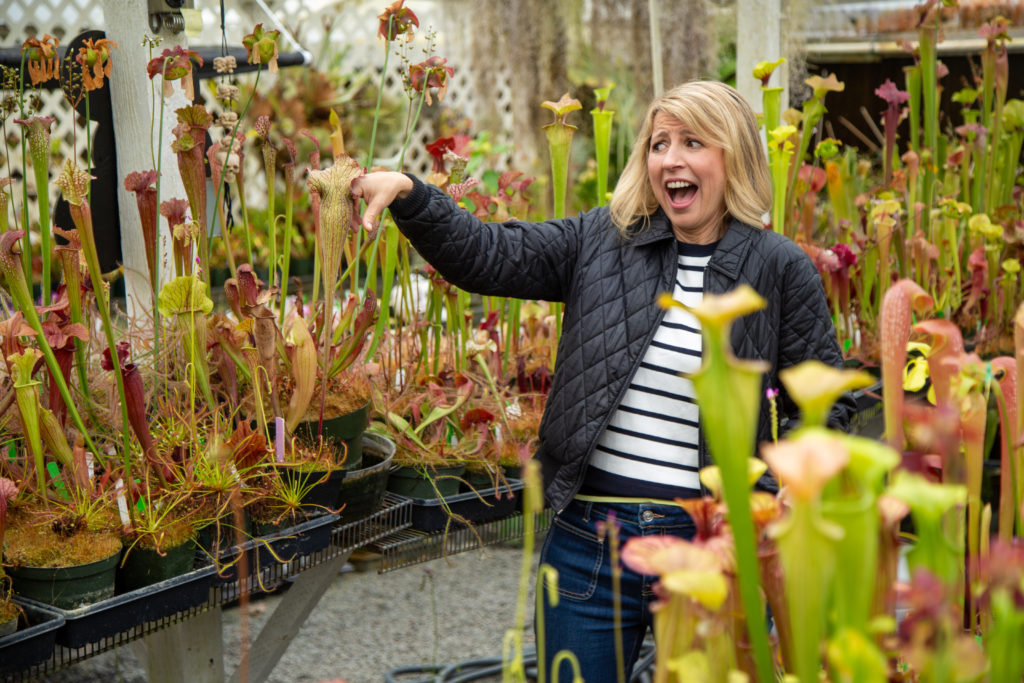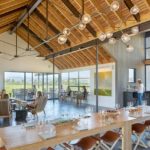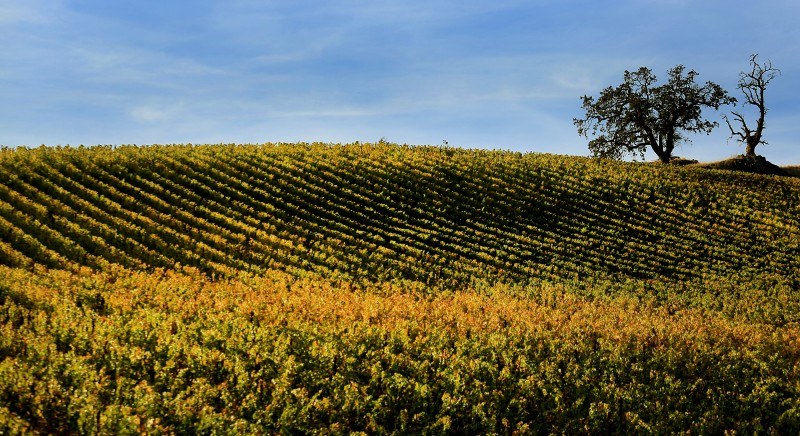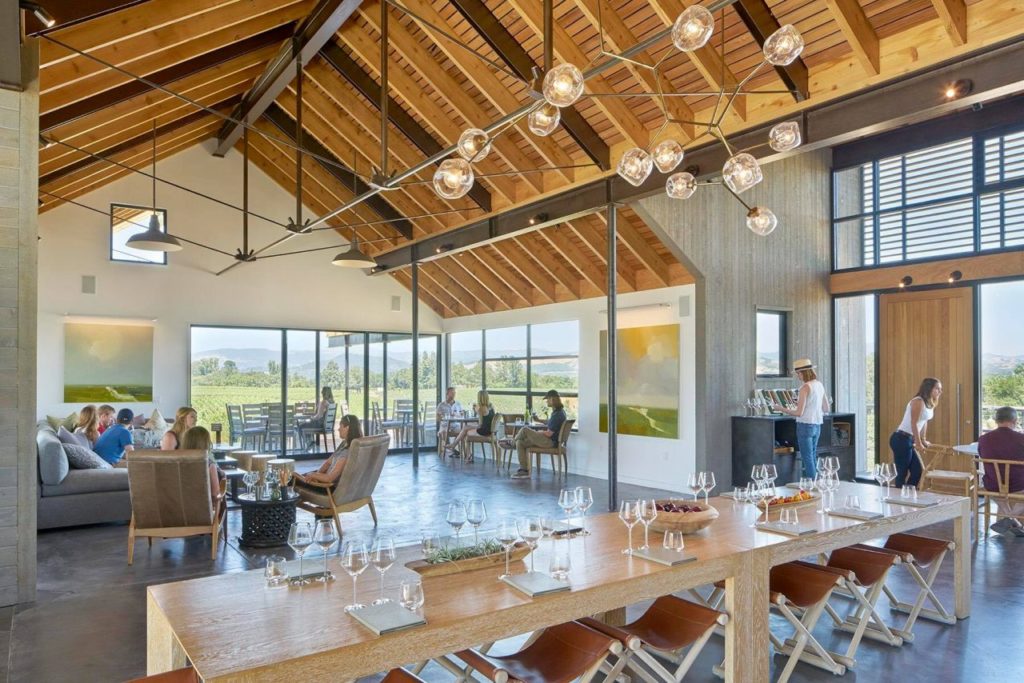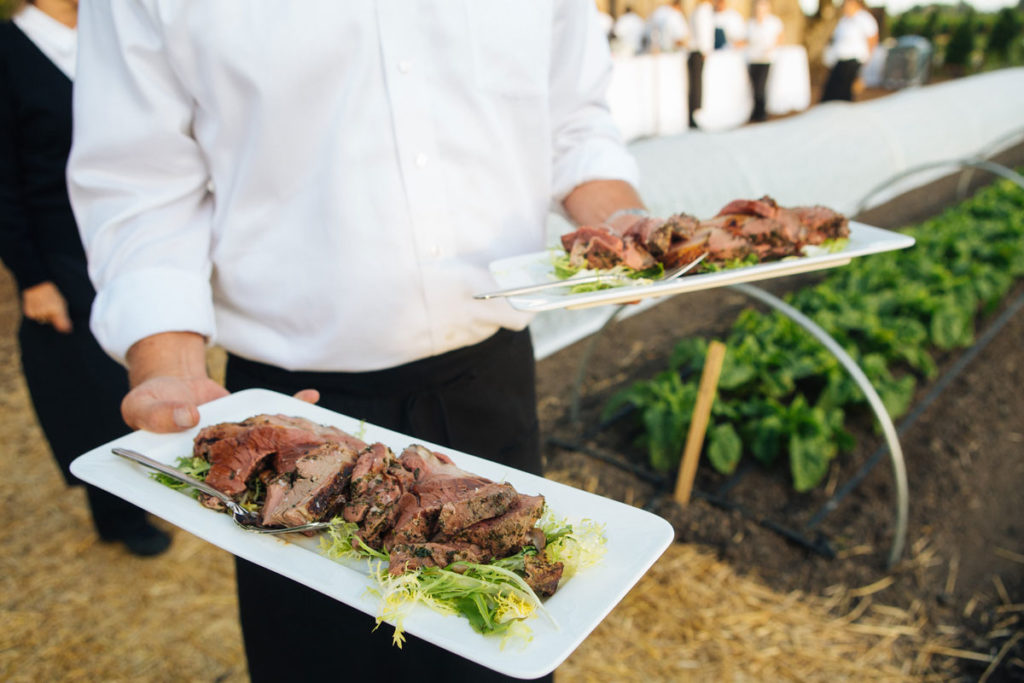Samantha Brown knows what makes a place worth visiting. A television personality who has hosted several different travel shows over the past 15 years, Brown has seen the good, the bad, and the ugly. She has said that critical components of a winning destination include one-of-a-kind experiences, strong drinks, delicious food, and great stories. Thankfully, Sonoma County has it all—at least according to the forthcoming episode of Brown’s Emmy Award-winning show, “Places to Love.”
The episode, which airs at 2:30 p.m. Saturday, Feb. 1 and 3 p.m. Sunday, Feb. 2 on San Francisco PBS station KQED, summarizes four days that Brown and her crew spent on our turf. Over the course of an hour, Brown highlights a mix of museums, vendors, restaurants, attractions, and wineries.
Contributing writer Matt Villano recently caught up with Brown to discuss the show and what she likes best about Sonoma County.
Coming in, what were you looking for?
Sonoma is a massive county and there’s so much to do. We always go for the story first, the effort that it takes to create experiences for travelers. I’m also interested in what people don’t know about a place. When many hear the word Sonoma, it has this reputation for being unattainable. We wanted to show a very different Sonoma—the one with generations of farmers, the integrity of hard work, and creativity.
What were some of your favorite spots?
California Carnivores, for starters. It’s a carnivorous plant nursery. I loved it. One of the owners fell in love with these plants when he was 14. He bought a carnivorous plant there as a customer and now he is part owner of the nursery and that plant is still there. It’s 34 years old. It was such a great scene. Another great spot was Safari West. We focused on Nancy Lang, who is co-owner. The place comes off as a zoo, but it’s not. They have these amazing automobiles going through these fields and savannah where animals are roaming around. It’s as if you are the one in the cage and they are the ones who are free-roaming. Most people will never get to Africa—I have a job in travel and I’ve never been on a safari there—but visiting Safari West seems pretty close.
To what extent did you focus on wineries?
How could you possibly do a show on Sonoma and not do any wineries? We did the Robledo Family Winery. For us it was a no-brainer. The fact that he [Reynaldo Robledo] is the first Mexican migrant worker to own his own vineyard. He worked from 16 years old to owning his own vineyard. I realized when I was talking to him that when he came here in 1968 there really was no wine industry. That was when everything started to happen. Maybe without him we wouldn’t be where we are today.
And food?
We didn’t stop and focus on chefs; we wanted to focus on farmers first. We went to a wonderful dairy farm called the Achadinha Cheese Company [in Petaluma]. Everything from feeding cows and milking cows to making cheese and selling cheese is done on property, right there. That speaks to what makes Sonoma so special. This is where food is grown and made.
What surprised you about Sonoma during your reporting?
Sonoma has a coastline. Wine gets all the credit! It pulls everyone’s attention. You have this glorious coastline. We went to Schoolhouse Rock Beach. The stones are so wonderful. It was a beautiful spot.
How did you decide what to include?
It was hard. We had four days to shoot and Sonoma County is really big. If we’re in a car we’re not shooting. We stayed in Santa Rosa, so we had to be smart about where we went. We do a pre-production trip before we shoot every episode. In this case, our producer looked at maybe 20 places to shoot. Ultimately, we whittled it down to nine scenes.
We’ve endured two big fires in the last three years. You came in May 2019, before our most recent fire. What did you learn about the resiliency of our community?
We focused a lot of our conversations on that. The Safari West story is particularly incredible—the 2017 fire destroyed a lot of the buildings, including their own homes, but they saved every animal. We learned about the fear and how horrifying these fires can be, but also how everyone started back the next day. That was impressive. In the end, we felt that the resiliency of Sonoma County was so strong, we didn’t need to talk about the fires. We didn’t want people to watch the show and think there are still fires there. We decided we want people to understand that Sonoma is there and open for business and that the people are wonderful.


